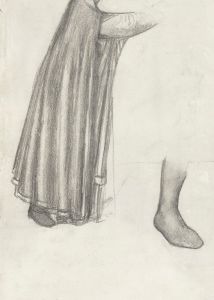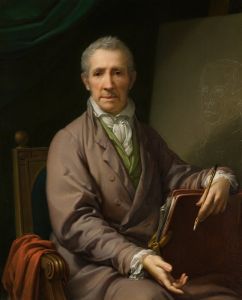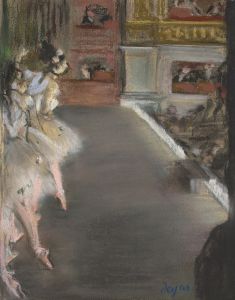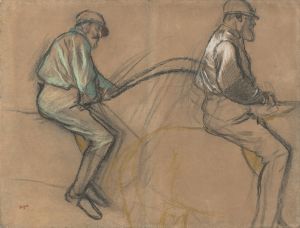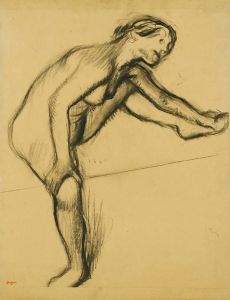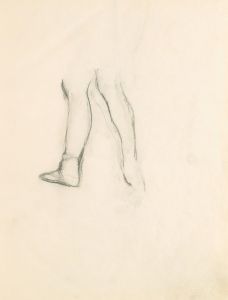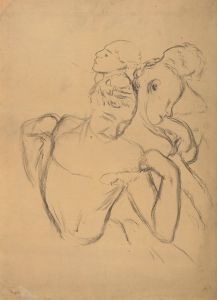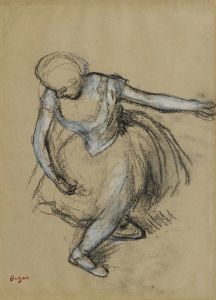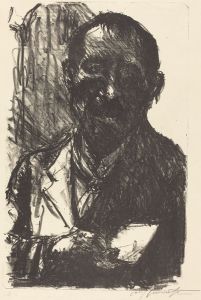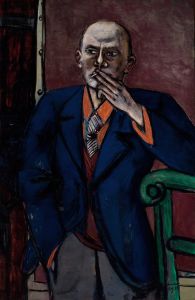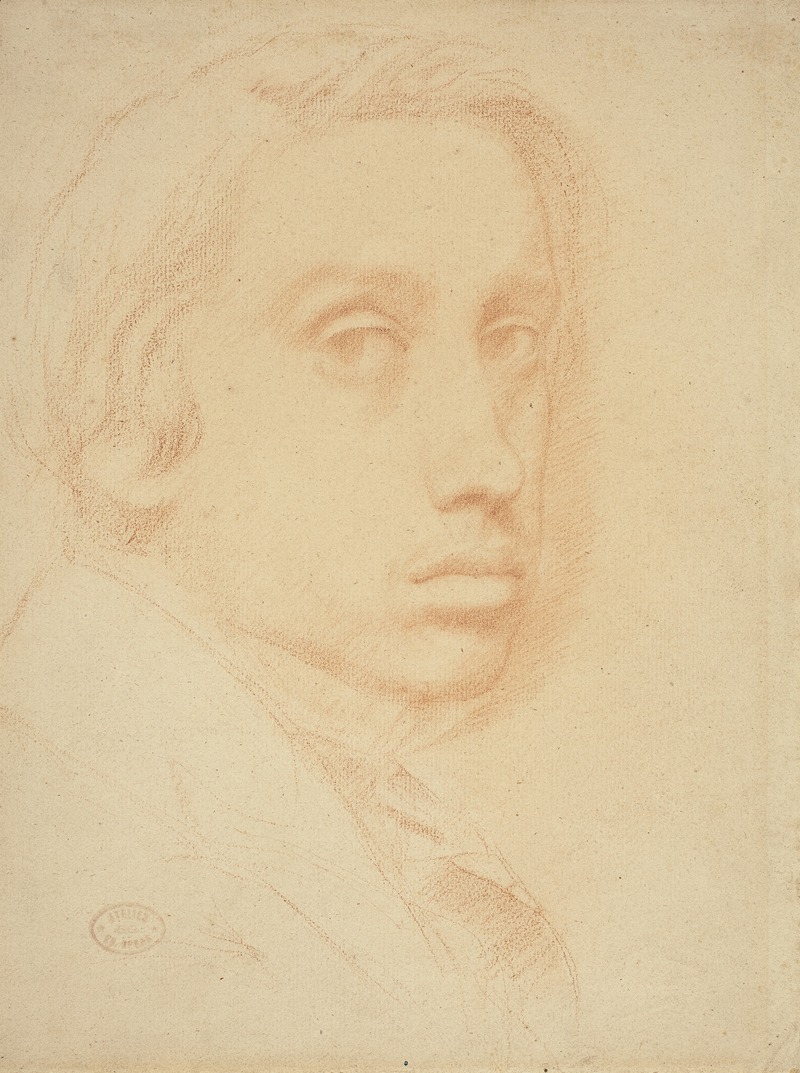
Self-Portrait
A hand-painted replica of Edgar Degas’s masterpiece Self-Portrait, meticulously crafted by professional artists to capture the true essence of the original. Each piece is created with museum-quality canvas and rare mineral pigments, carefully painted by experienced artists with delicate brushstrokes and rich, layered colors to perfectly recreate the texture of the original artwork. Unlike machine-printed reproductions, this hand-painted version brings the painting to life, infused with the artist’s emotions and skill in every stroke. Whether for personal collection or home decoration, it instantly elevates the artistic atmosphere of any space.
Edgar Degas, a prominent French artist associated with the Impressionist movement, is renowned for his mastery in capturing the human form, particularly through his depictions of dancers and everyday scenes. Among his extensive body of work, Degas also produced several self-portraits, which provide insight into his evolving artistic style and self-perception. One of these self-portraits, simply titled "Self-Portrait," exemplifies his skill in portraiture and his interest in exploring identity through art.
Although Degas is primarily celebrated for his paintings and pastels, he was also a proficient draftsman and sculptor. His self-portraits, created during various stages of his career, reflect his technical prowess and his engagement with different artistic techniques. The "Self-Portrait" by Degas is an example of his early work, showcasing his ability to convey character and emotion through subtle details and composition.
In this self-portrait, Degas presents himself with a contemplative expression, capturing the introspective nature often associated with artists. The use of light and shadow in the portrait highlights his facial features, emphasizing his gaze and the thoughtful demeanor. Degas's choice of color palette and brushwork demonstrates his early experimentation with techniques that would later define his mature style.
Degas's self-portraits are significant not only for their artistic merit but also for what they reveal about his personal and professional life. As an artist deeply interested in the human condition, Degas used self-portraiture as a means of introspection and self-examination. These works offer a glimpse into his personality and his perspective on his role as an artist.
Throughout his career, Degas was known for his reluctance to conform to the traditional norms of the art world. His self-portraits, like much of his work, reflect his innovative spirit and his desire to push the boundaries of artistic expression. By portraying himself in various lights, Degas explored different facets of his identity, contributing to the broader narrative of self-portraiture in art history.
Degas's self-portraits also hold historical significance, as they document the evolution of his style and technique over time. From his early academic training to his later experimentation with Impressionism, these works chart his artistic journey and his responses to the changing art movements of the 19th century.
In summary, Edgar Degas's "Self-Portrait" is a testament to his skill as a portraitist and his introspective approach to art. Through this work, Degas not only captures his own likeness but also engages with broader themes of identity and self-reflection. His self-portraits remain an important part of his oeuvre, offering valuable insights into his artistic development and his enduring legacy in the world of art.






